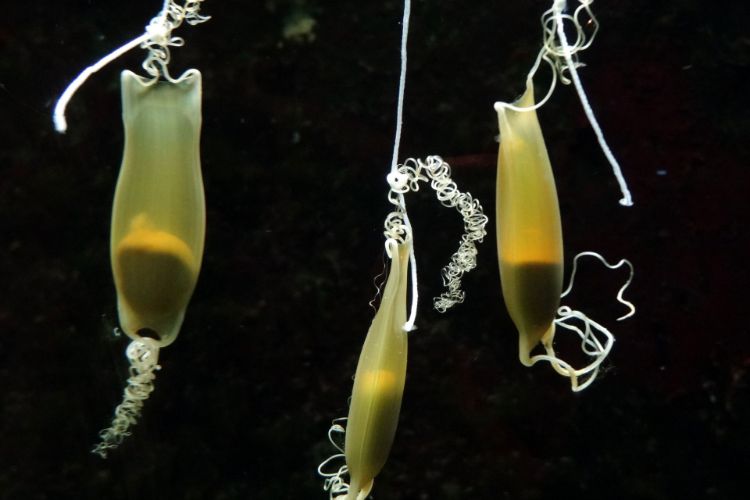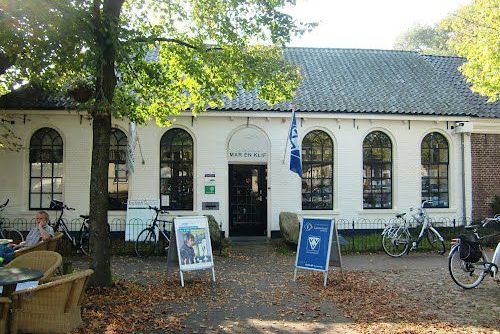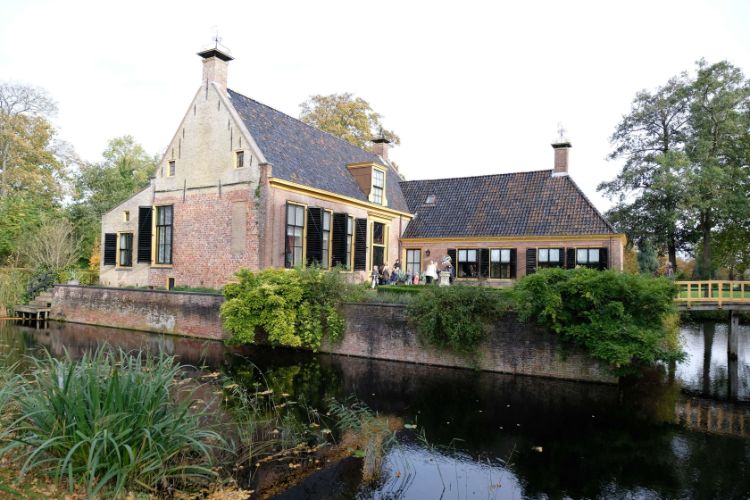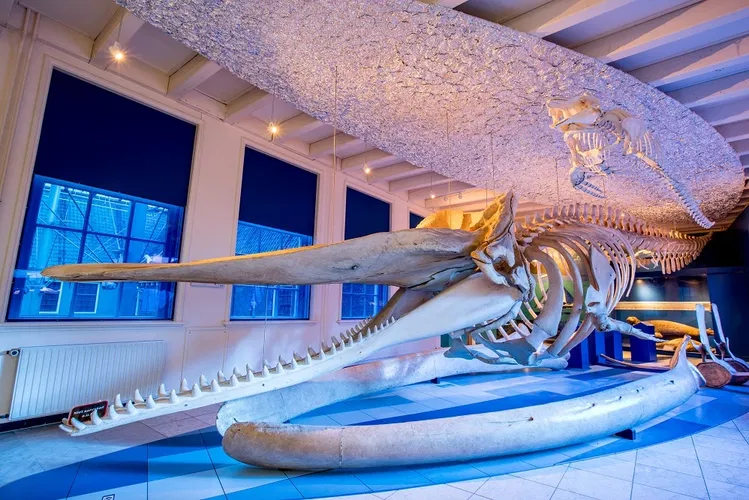Do you love plants and nature? Here are the must-visit botanical gardens in Friesland:

Natuurcentrum Ameland
NesNatuurcentrum Ameland is a nature museum that illustrates the nature of Ameland. It includes a North Sea aquarium, a landscape experience with information on the flora and fauna of Ameland and a movie theater with a 360 degree view of the origins of the Wadden Sea. There is also a knowledge centre o
Informatiecentrum Mar en Klif
OudemirdumInformatiecentrum Mar en Klif is dedicated to the landscape and nature in Southwest Friesland. The museum has various exhibitions each season. It shows, among other things, films about the region and its nature. In addition, the museum houses a replica of a badger sett, where badgers roam freely. Th
Botanical Garden De Kruidhof
BuitenpostBotanische Tuin De Kruidhof is the largest botanical garden of the Netherlands. It features seventeen themed gardens each with their own plant collections. Themed gardens that can be visited include: medicinal herbs, cloister garden, butterfly garden, rose garden, woodland garden, fruit garden, fern
Dekema State
JelsumDekema State is a former manor house (‘state’) located on an estate with moats, an orchard with old varieties of fruit and an ornamental garden and a forest park. The house is decorated as was common around 1930, just before the Second World War. The museum illustrates life and work during that time
Natuurmuseum Fryslân
LeeuwardenThe Natuurmuseum Fryslân is housed in a former orphanage. The central theme of the museum is the nature of Friesland. The museum consists of four floors with animals, plants, information, assignments and experiments. Doing and experiencing are important in the museum. The collection consists of appr